Turn any article into a podcast. Upgrade now to start listening.
Premium Members can share articles with friends & family to bypass the paywall.
The dust is settling, slowly, from India and Pakistan’s military collision as a delicate U.S.-brokered ceasefire took hold May 10. The origins of the conflict are clear enough: India sought to severely punish Pakistan for alleged links to a barbarous Islamist terror attack in late April in Kashmir, a region that both countries claim and have previously fought wars over. But the details of the fighting thereafter remain hazy at best, obscured by the two governments’ reluctance to admit losses, rampant misinformation on social media, and hypernationalist “news” shows fabricating everything from military coups to cross-border invasions on live TV.
Even without total clarity, what is known about the eruption of hostilities between the two nuclear powers was enough to unnerve world leaders: massive aerial dogfights, relentless shelling, and the deepest strikes into each other's states in the last half-century. While confusion reigned on the battlefield, the fighting simultaneously brought into much sharper focus broader trends in the geostrategic environment, especially the dramatic changes reshaping India’s foreign policy options.
India has historically held to a strategy of “nonalignment,” avoiding alliances with great powers to preserve its diplomatic independence. Yet this proud tradition—initially designed to protect against the pitfalls of taking sides in the Cold War—has grown increasingly difficult to sustain in a world increasingly divided again, now by U.S.-China rivalry.
The United States faces a delicate balancing act: how to deepen cooperation with India as their strategic interests converge, while respecting India's deeply rooted commitment to diplomatic autonomy over formal alliances.
The evolution of nonalignment.
For a country that had just achieved hard-fought independence from Britain, a receding global superpower, asserting uncompromising independence from—and skepticism toward—the intrigues of the new superpowers was as much an innate reflex of the new republic as a calculated policy decision.
The approach allowed India to take firm stances on international affairs in seemingly contrary directions. In 1956, for example, India both condemned the Anglo-French-Israeli incursion into Egypt during the Suez Crisis and criticized Soviet intervention in Hungary's anti-Soviet uprising. Building on Gandhi’s moral vision and international fame, India bundled idealistic commitments like support for decolonization, peaceful resolution to disputes, and “non-interference” in internal affairs with its nonalignment brand to garner moral authority in a world riven by conflict and international meddling. India’s approach helped it to punch above its weight globally as a leader among developing nations, instrumental in founding the broader Non-Aligned Movement (NAM), a forum which today includes 120 countries.
India’s nonalignment brand was so successful, in fact, that some India watchers express exasperation that India can’t shake its association with it, despite shifts in its approach since the policy’s heyday in the ’50s and ’60s. Pressure from India’s wars with Pakistan in 1965 and 1971 forced the country to tilt toward the Soviet Union in the later Cold War, despite retaining nonalignment rhetoric. The Soviet Union’s collapse naturally also forced a redefinition of “nonalignment”—resisting taking a side is hard when one side has disappeared. India shifted to stressing “strategic autonomy” instead, suggesting that it could still avoid joining military alliances or picking permanent friends, while being more practical in how it dealt with powerful countries. And in the early- to mid-2000s, “multialignment” became the new buzzword, emphasizing India's ability to juggle active relationships with (sometimes conflicting) groups and powers—an approach that probably wouldn't fit with nonalignment's original meaning.
U.S. policymakers used to managing groups of friends or foes often become frustrated with what they perceive as stubborn Indian duplicity. To American sensibilities, it’s scandalous that India can simultaneously play a key role in the Quad—a grouping of the U.S., Australia, India, and Japan designed to counter Chinese power in the Indo-Pacific—as well as in BRICS and the Shanghai Cooperation Organization, two bodies that include China and Russia as founding members and aim to act as counterweights to Western-led institutions. At its worst, American policymakers complain, India’s nonalignment tradition is simply an excuse to do whatever it wants, whenever it wants, with whomever it wants—without regard to any other relationships.
Still, there is a certain respect for such dogged insistence on one’s own interests and independence that India’s approach can command even among those who have felt crossed by it. Henry Kissinger once lambasted Indian Prime Minister Indira Gandhi for her perceived intransigence with Richard Nixon. Decades later, however, he praised her statesmanship and expressed admiration for India’s unyielding strategic mindset that once drove him up the wall. Whether one admires or resents India's nonalignment tradition, America's ability to effectively engage with it hinges on both nations' capacity to adapt nimbly to the world’s changes.
A clarifying moment.
Nothing clarifies geopolitics quite like military confrontation, which cuts through diplomatic pretenses to show who really stands where, and why. India’s clash with Pakistan is no different.
Most obviously, the conflict showcased how much new Cold War-like dynamics have seeped into the ever-persistent Indo-Pakistani rivalry. A barrage of coverage about the conflict as a litmus test of Chinese military technologies’ prospects against Western equivalents unmistakably echoes Cold War technological rivalries, with one New York Times headline declaring that “India vs. Pakistan Is Also U.S. vs. China When It Comes to Arms Sales” as each South Asian country has rejigged its weapons suppliers in recent years. Much has been made of U.S. officials’ confirmation that a Chinese-made J-10 jet from Pakistan shot down at least one of India’s French-made Rafale fighter jets. No less notable is India’s touting of its successful use of kamikaze drones manufactured in India using technology from Israel, one of America’s closest allies. That level of collaboration is particularly remarkable given that India’s nonaligned posture historically strongly favored Palestine over Israel.
Diplomatically, too, the onset of the crisis further solidified years of growing U.S.-India and China-Pakistan ties, respectively. Many officials in Delhi took the robust support expressed by both President Donald Trump and Vice President J.D. Vance in the wake of the Pahalgam terrorist attack as approval for a strong retaliation against Pakistan, a country whose strategic relevance to the United States has diminished still further since the United States’ withdrawal from neighboring Afghanistan in 2021. China has meanwhile spearheaded support for Pakistan in the face of India’s response, confirming that the country is an “ironclad friend and all-weather strategic cooperative partner,” not to mention a leading recipient of Chinese investment and advanced weaponry.
India finds itself on the other side of this conflict needing to recalibrate its fiercely independent diplomatic tradition. The world—and especially its region—is rapidly realigning around Sino-American rivalry. Meanwhile, India continues its ascent as a global power in its own right, evolving into the kind of major player its nonalignment principles initially cautioned against allying with. Recent conflict dynamics are a case in point: India’s conventional military and economic dominance over its fragile archenemy appears decisive, with India dwarfing Pakistan’s GDP by an order of magnitude. However, its neighbor to the north maintains an economy now five times the size of India’s, unambiguously supports its archnemesis in conflict, and still harbors territorial disputes with India of its own. These realities—and emerging allegations that Beijing provided direct intelligence and air defense support to Islamabad in advance of the clash—would seem to demand still closer collaboration with the United States, fast.
Given India’s diplomatic tradition, these facts won’t translate into the typical alliance model that the United States is accustomed to and longs to see from the only country with the long-term potential to counterbalance China in the Indo-Pacific. It’s not just that India’s prior history of colonialism grates against such a commitment. Equally, India’s forward-looking ambition to become an independent pole of an emerging multipolar world makes it allergic to becoming one among the U.S.’s many allies, expecting instead a unique working relationship of equals, commensurate with its status as the world’s largest nation and one of its oldest civilizations. If India’s legacy of nonalignment inhibits its consistency in growing the U.S.-India relationship, America’s lack of recent experience partnering with a peer power complicates its ability to engage well with India. The best chance of balancing the Indo-Pacific in the 21st century may ride on how well, or poorly, each nation addresses these tendencies.
The violence we witnessed in early May should drive home the need for India and the U.S. to collaborate more closely. But the aftermath of the conflict has demonstrated how a lack of attentiveness threatens to derail that imperative: The Quad missed its opportunity to express support to India on a comparable level to China’s support for Pakistan; India neglected to even mention the United States’ role in brokering a ceasefire in its initial public statement, underscoring the country’s insistence on strategic independence; and President Trump’s repeated descriptions of the negotiation process have been deeply offensive to India’s nonalignment tradition. Much as the recent violence has highlighted the need for greater U.S.-India cooperation, there remains much space for improvement.
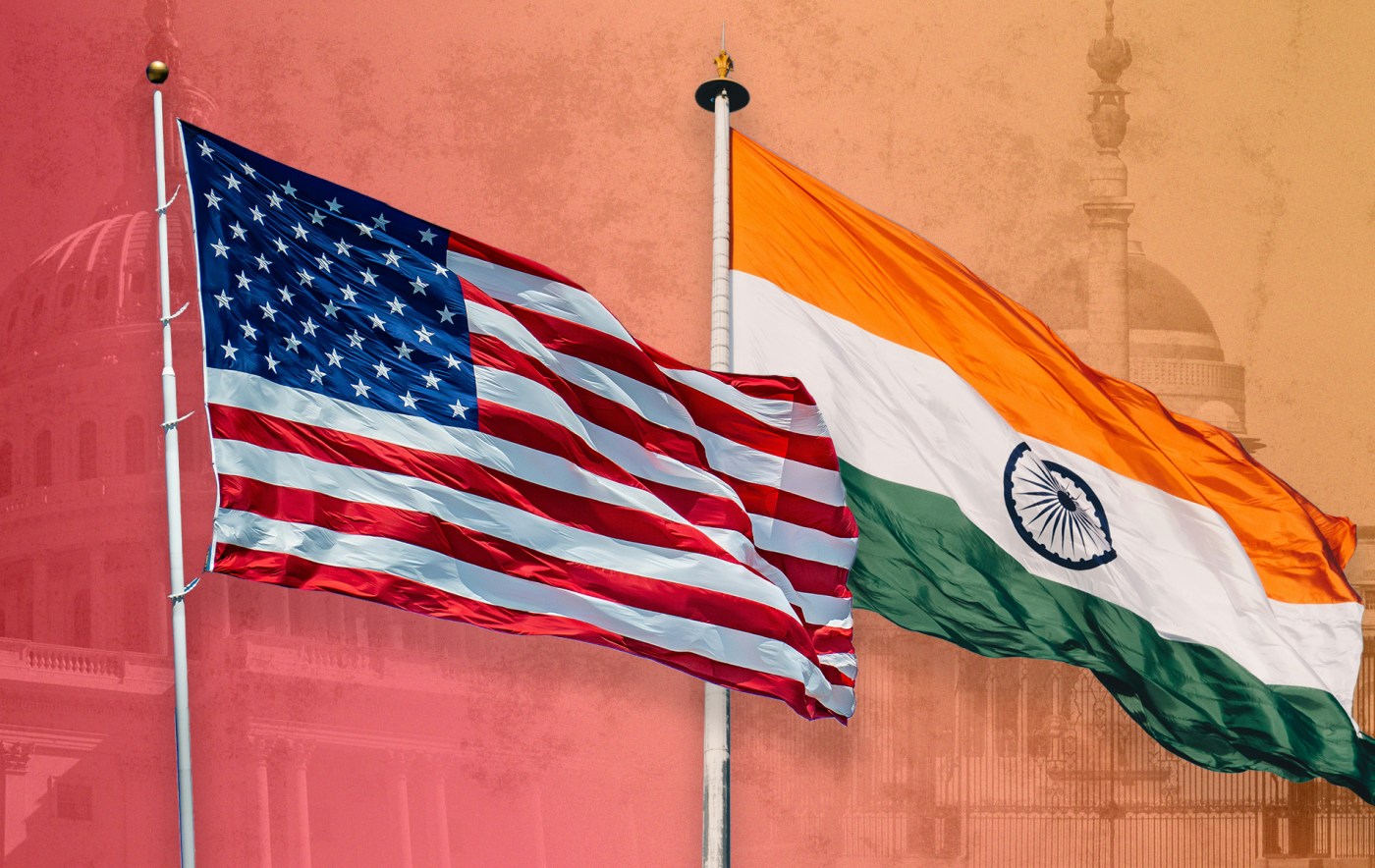
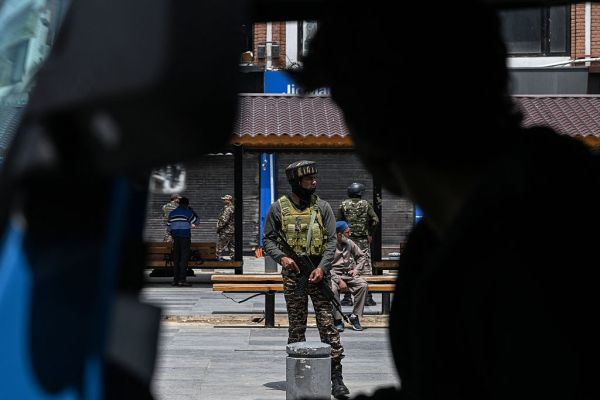
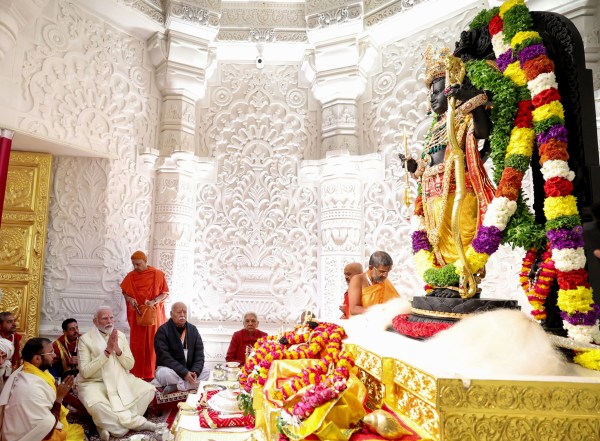
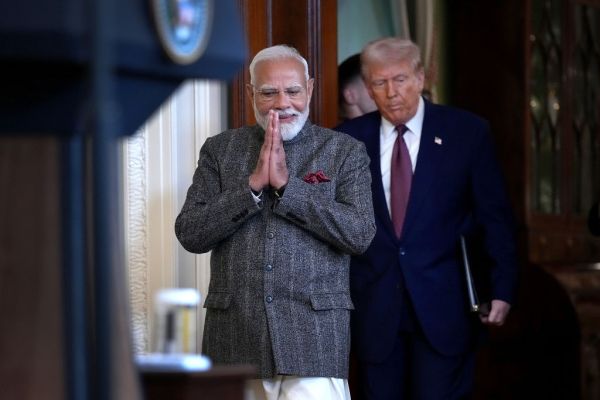
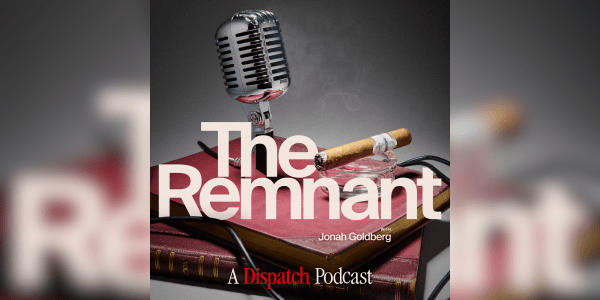

Please note that we at The Dispatch hold ourselves, our work, and our commenters to a higher standard than other places on the internet. We welcome comments that foster genuine debate or discussion—including comments critical of us or our work—but responses that include ad hominem attacks on fellow Dispatch members or are intended to stoke fear and anger may be moderated.
With your membership, you only have the ability to comment on The Morning Dispatch articles. Consider upgrading to join the conversation everywhere.